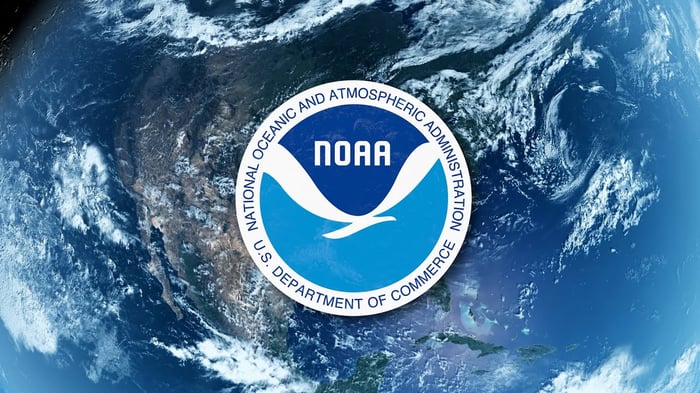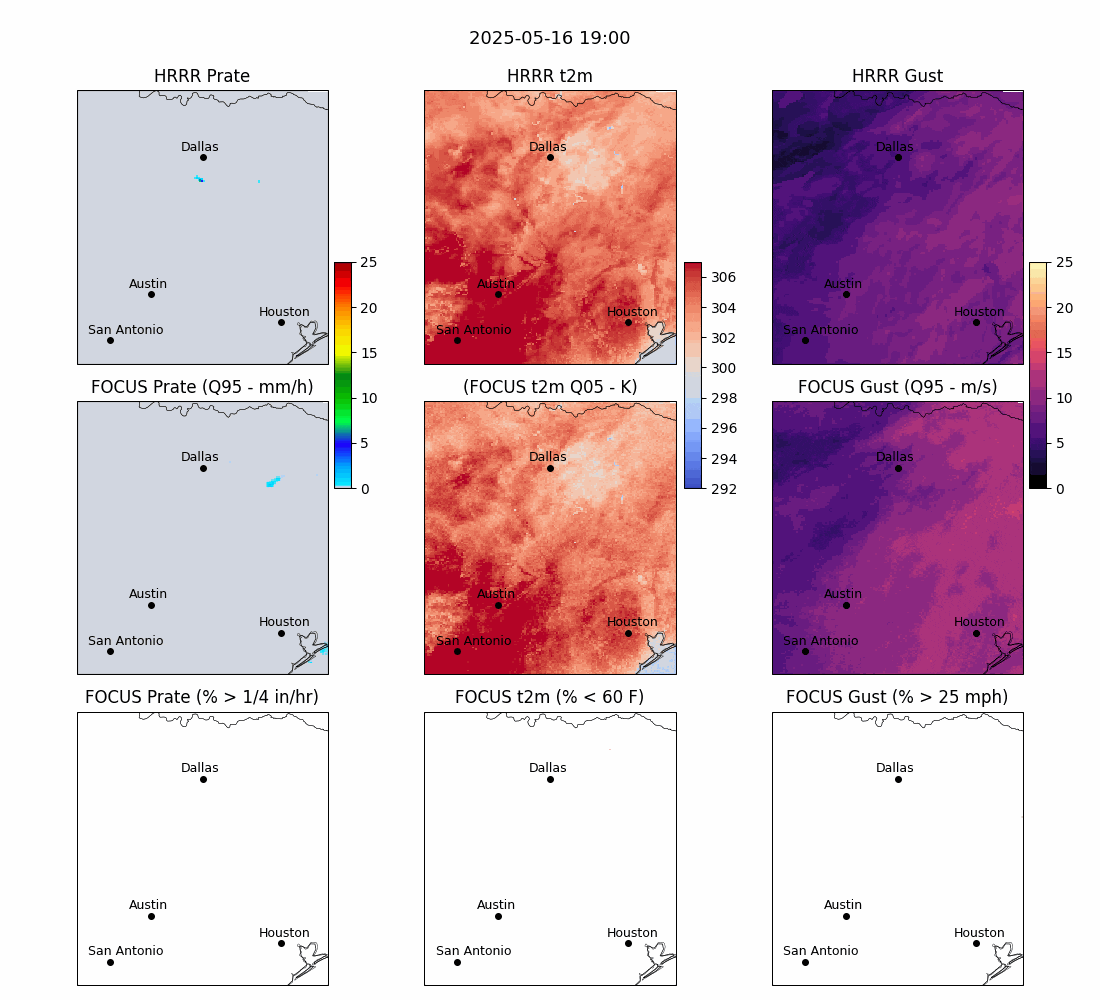Australia’s weather has always been dramatic, but recent years have seen an alarming escalation. In 2025 alone, Australians have endured devastating floods, tropical cyclones, heatwaves, coastal erosion and algal blooms. The insured losses from extreme weather now top A$4.5 billion annually - more than double the 30-year average.
But while the climate threat intensifies, a new and less visible danger is emerging: the collapse of US-funded climate data infrastructure. As outlined in a recent article by scientists in The Conversation, Australia’s ability to accurately forecast severe weather is now at risk due to sweeping cuts by the US government to satellite and atmospheric monitoring programs.

In early 2025, the US administration slashed funding and dismantled critical arms of NOAA and NASA. Among the many programs affected were:
-
Satellite feeds used in global weather models
-
The ARGO ocean float system, key to monitoring ocean temperatures
-
Antarctic and atmospheric research programs
-
NOAA’s cooperation with international researchers (including Australians)
-
Observations from Hawaii’s Mauna Loa and Cape Grim in Tasmania
These reductions mean Australia can no longer depend as much on the same free and open access to global data that has supported forecasting for decades. Without them, gaps emerge in forecast accuracy, speed, and coverage, especially for early warning and decision-making during disasters.
Amid this uncertainty, Tomorrow.io is offering a new alternative. It operates a private network of weather satellites, completely independent from publicly funded or government-operated systems. This ensures resilient, uninterrupted data, even when public infrastructure falters.
At the core of its platform is the FOCUS model—a machine learning-powered global weather engine that delivers:
-
Hyperlocal forecasts every 15 minutes, anywhere on Earth
-
Seamless integration of satellite, radar, and ground-based inputs
-
Adaptability to dynamic, fast-moving systems like hail, storms, and floods
FOCUS doesn’t just model the weather, it learns from it in real time. That means more accurate, faster, and event-relevant forecasts across the globe.

Breakthrough forecasting model uses AI and satellite data to overcome traditional forecast delays and unlock storm-scale accuracy anywhere in the world. Image via Tomorrow.io
Early Warning Network is the exclusive authorised reseller of Tomorrow.io in Australia. Through our partnership, local industries now have direct access to this powerful forecasting platform, supported by EWN’s on-the-ground expertise in climate risk, compliance, emergency planning, and operational decision support.
What makes this offering unique?
-
You get Tomorrow.io’s global, cloud-based forecasting system, including the full dashboard, alerts, and tools
-
You gain access to EWN’s support and expertise, ensuring it’s adapted to your local operational and regulatory context
-
You benefit from a future-proofed forecasting approach, free from dependency on unstable international systems
Whether you're managing insurance portfolios, rail operations, logistics networks, or critical infrastructure, this is forecasting built for resilience and continuity.
As the global climate data landscape fractures, tools like Tomorrow.io are becoming essential infrastructure, not just enhancements. They deliver the frequency, precision, and independence Australian industries now need to stay ahead of severe weather.
And with EWN as your local partner, you gain more than access—you gain assurance.
Want to learn how Tomorrow.io can help your organisation navigate weather? Talk to an expert at EWN about integrating the world’s most advanced forecasting system into your risk management plans.